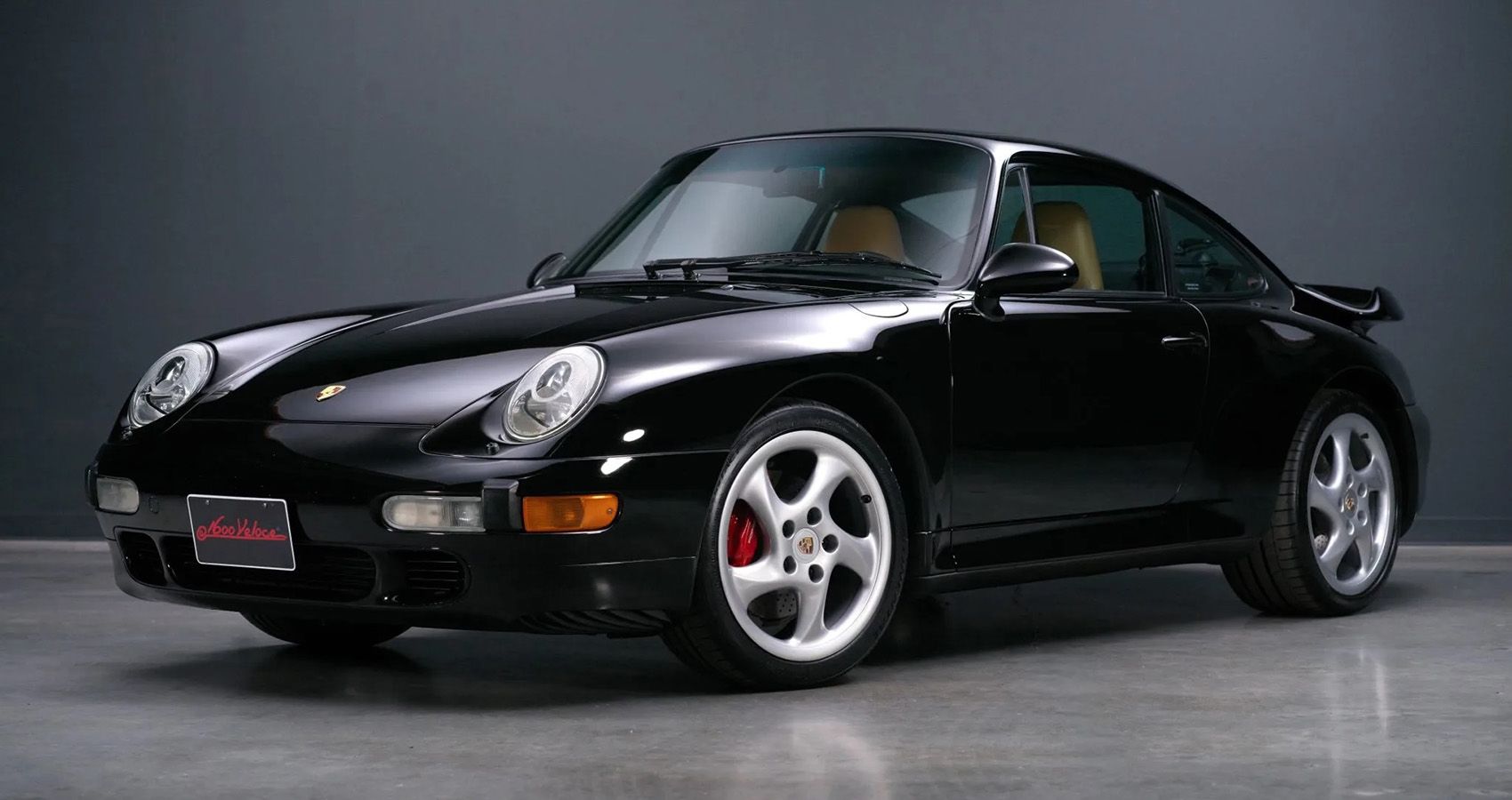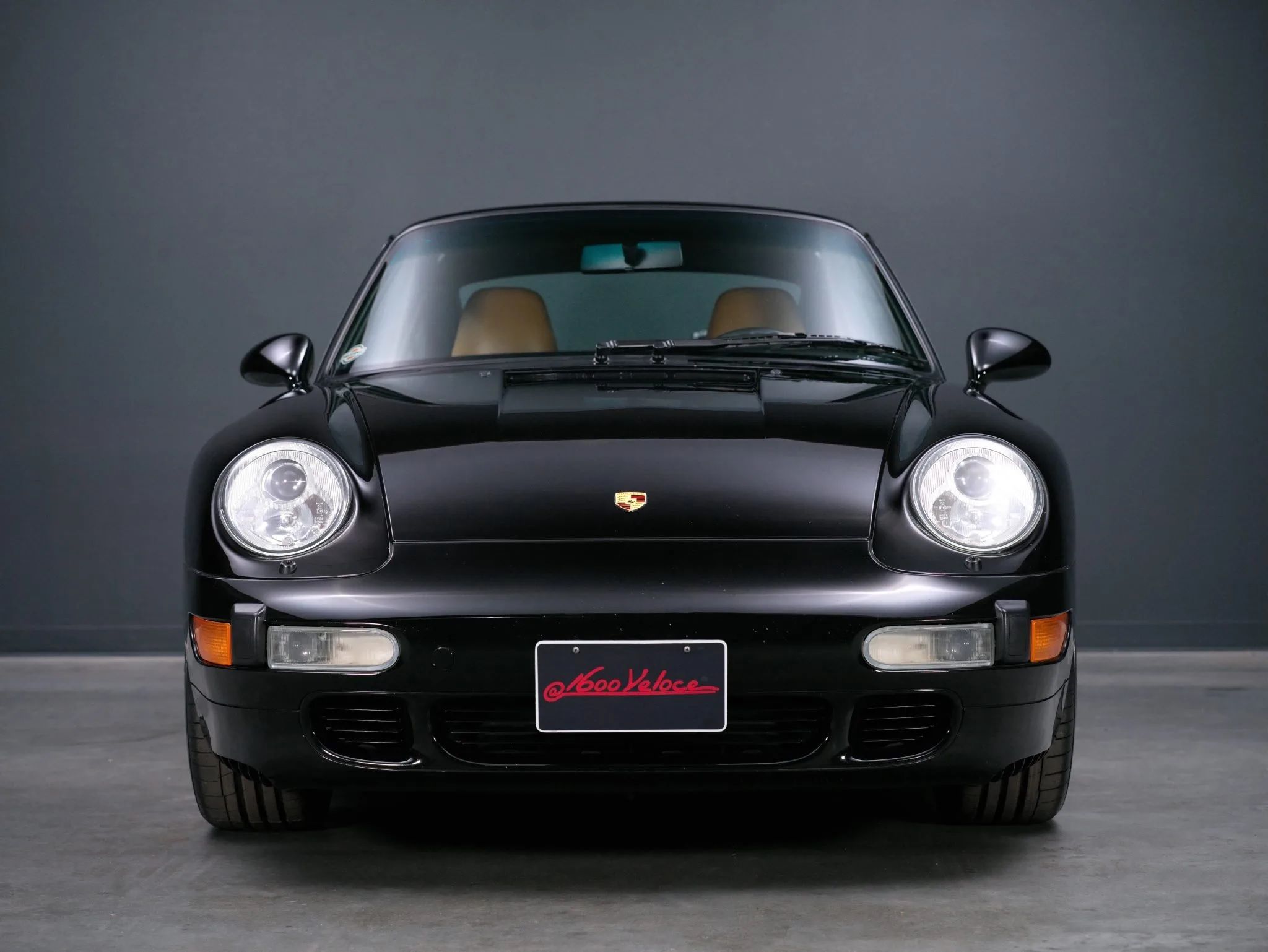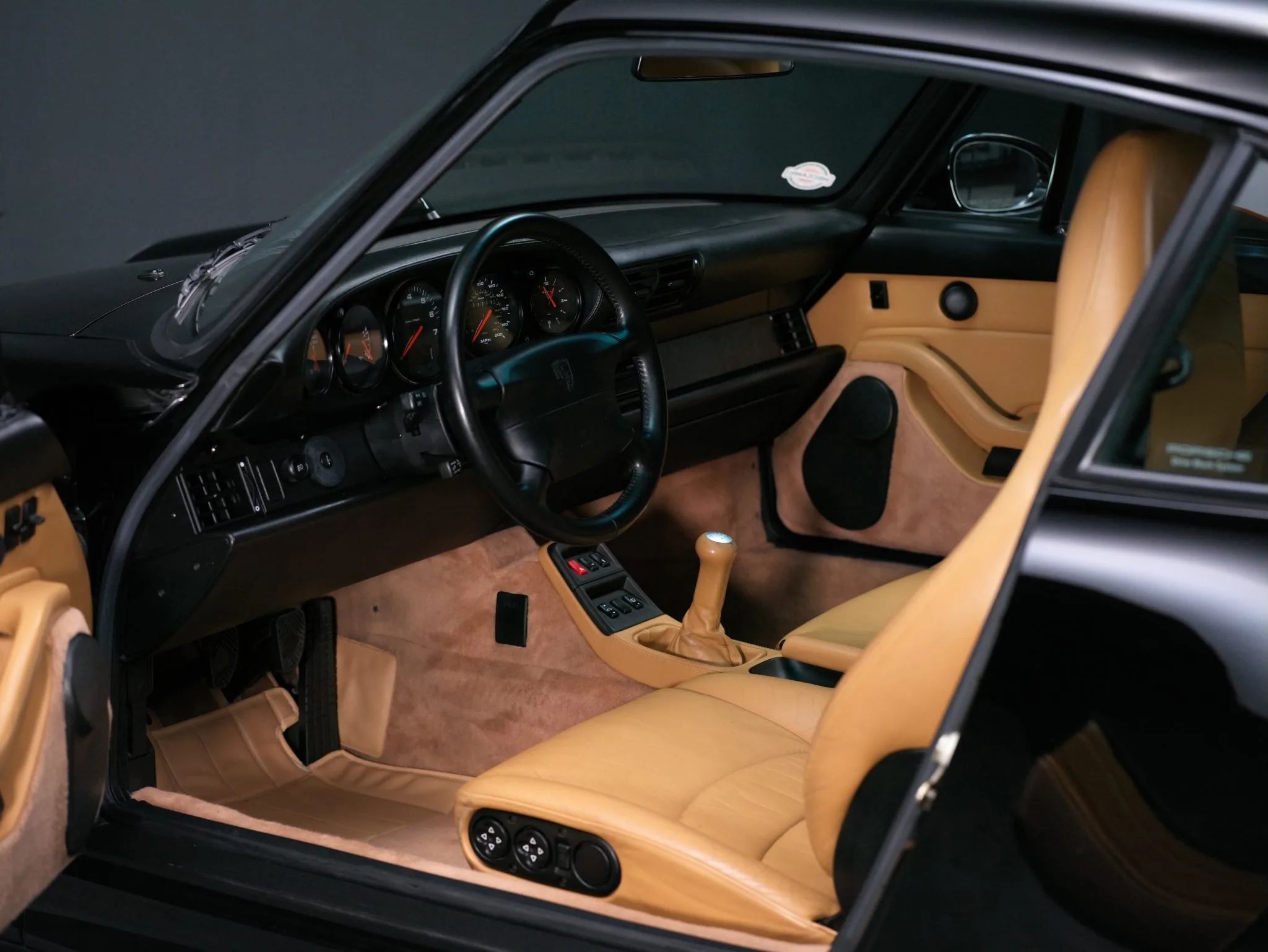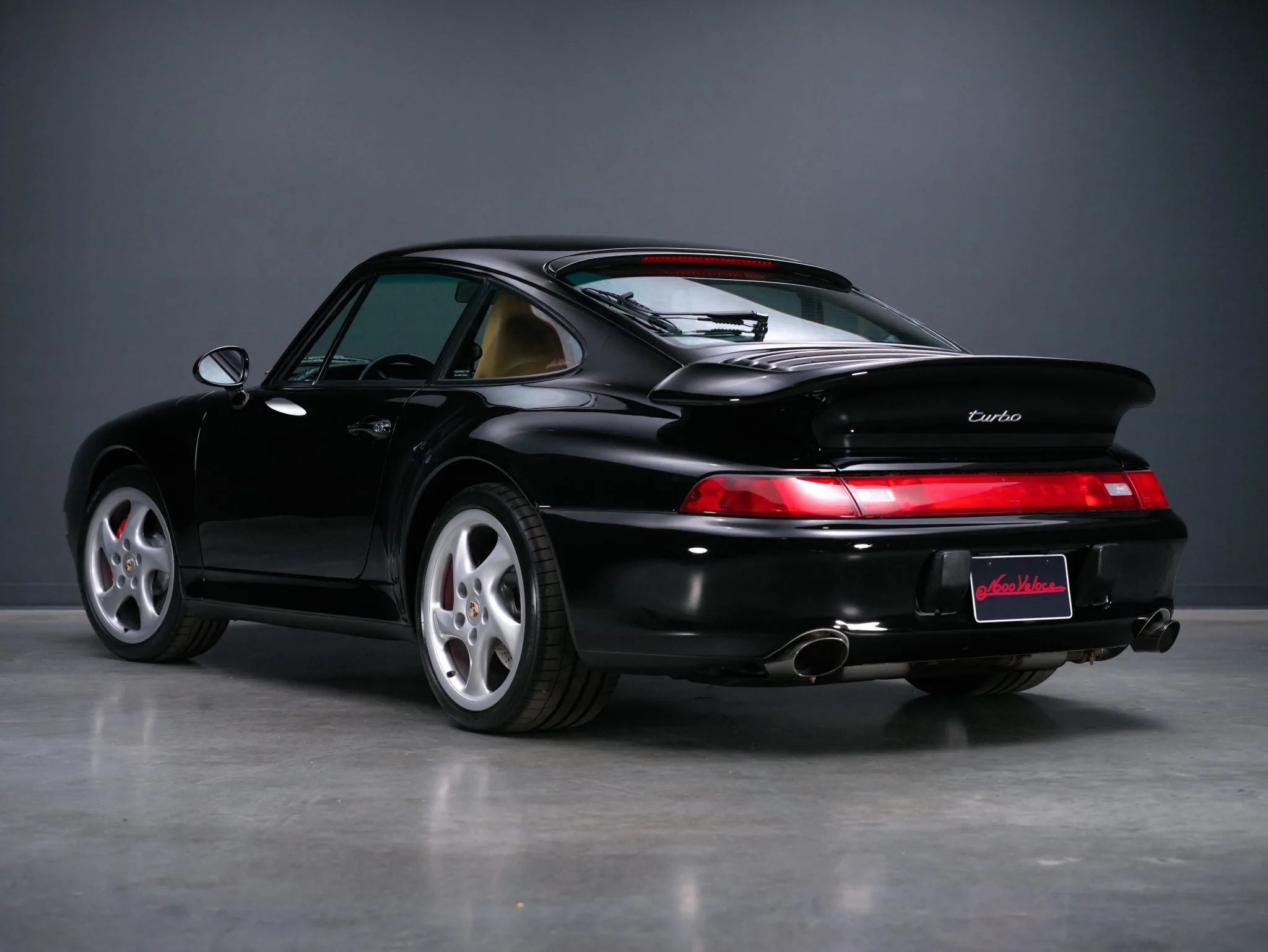The classic Porsche 993, also named Porsche 911 or Carrera, is among the most recognized and appreciated classic Porsche cars. And not just for its good looks, but also for its incredible performance as well. In all its configurations, the 993 was the fourth-generation Porsche 911. It entered the American market in 1995 and sold through 1998.
Replacing the 964 model in the mid-90s era, the Porsche 993 was set to conquer great heights. With so much buzz around the Porsche trade name (carrying on to this very day), the success of the Porsche 993 was certain, and honestly, conceivable, even to the non-Porsche folks. One of the things that made the Porsche 993 so widespread was that the brand not wanting to put its eggs in one basket, so to speak, presented several variants of the 993. The vehicle came in different body shapes, offering diverse powertrains and power output, and provided different equipment. So, whether some folks wanted more luxury, more power, or attention-grabbing and/or practical styling, there was always something for every buyer.
Even when seen from a more contemporary standpoint, the Porsche 993 is a fantastic piece of automotive architecture that would easily out-perform some modern rivals.
In this post, we’re taking a closer look at the Porsche 993, discussing its production, release, models, discontinuation, as well as the impact the 993 made on the Porsche marque, and the industry as a whole.
The 993 Marked A New Porsche Sports Car Era
The story of this amazing Porsche 993 lineage began in 1993. The brand hoped on releasing a better, faster, and more reliable model to replace the 964, a lineage that started 4 years prior. Also, the brand decided to put an end to its air-cooling technology. Upon creating the last model year of the 964, the brand also gave the air-cooling systems one last hurrah in the Porsche 993.
Production of the first Porsche 993 began in 1994 for the 1995 model year. For its design, English designer, Tony Hatter, took a look at the 964, a high-selling performer of its production time, and borrowed some styling cues to shape and style the 993. Its new design came with widened wheel arches, a retractable rear wing, revised panels, and smoother front and rear bumpers.
The Targa version largely resembled the Carrera, with the only difference being the roof. The Targa dropped substituted the fabric roof for a functional glass panel. The special glass roof retracted under the rear window.
The 993 also inched ahead of the standard 964 in speed, with a top speed of 168 mph. The brand also made the Carrera 4, an all-wheel drive version, with an automatic braking differential, silver brake calipers, side turn indicators, and more. The interior included amenities such as automatic climate control, a power sunroof, and an Alpine stereo with Bluetooth compatibility. In the later model years, the appearance didn’t change much. Instead, the brand put much focus on performance, upgrading the engine and other mechanical systems.
For the 1997 model year, Porsche introduced the Carrera S Coupe, a wide version of the Carrera. The brand also premiered the 993 Turbo S. Built by Porsche’s Exclusiv department, the Turbo S had a unique front spoiler, a larger rear wing, yellow brake calipers, and a quad exhaust system, as well as the ‘Turbo S’ badging, making it distinctly recognizable.
The 993 Unlocked More Driving Dynamics, Power, And Speed
The 1995 Porsche 993 carried a normally-aspirated 3,600 cc flat-6 engine, which made 272 horsepower at 6100 RPM and 243 lb.-ft at 5000 RPM. The Carrera Coupe, Carrera 4 Coupe, the Carrera Cabriolet variants, and later, the Targa top versions, all rolled out of the production line with this same powertrain, pairing with a standard 6-speed manual to drive the rear wheels. For a better drive quality and enhanced comfort, the 993 was equipped with an advanced alloy multi-link rear suspension system.
A 4-speed Tiptronic was offered on the Carrera coupe, the Carrera S, and the Targa for folks who wanted something different. Later, the brand offered a swifter Tiptronic S transmission on the Carrera S and the Cabriolet. The 1995 Porsche 993 had a somewhat better fuel economy compared to the 964, at 15 MPG in the city and 23 MPG on the highway.
In 1996, the Carrera 4 Coupe, along with the Cabriolet, the 4 S Coupe delivered an extra power output, giving it 282 horses and 250 lb.-ft of twist. The brand created a high-performance variant, the 911 Turbo, which had a Twin-turbocharged flat 6, making 408 horsepower and 398 lb.-ft. The Turbo became the most desirable Porsche 993, inspiring the 911 Turbo S Coupe in 1997.
Thanks to its redesigned cylinder heads, triple K K-24 turbochargers, an additional oil cooler, an updated electronic engine management system and other internal components, the Turbo S's engine made 424 horsepower and 423 lb.-ft of torque. However, this dropped the fuel economy numbers to 11 MPG city and 17 MPG highway. On the bright side, the improvements on the Turbo S version allowed the vehicle to achieve a 60-mph sprint in under 4 seconds and a top speed of 184 mph.
The Porsche 993: Final Thoughts
The Porsche 993 is a remarkable vehicle and almost every classic collector’s top choice. Even after more than 2 decades, many Porsche 993 models still run like new, proving their resilience and reliability. And because of their status, they are pricy. These days, you could get a Porsche 993 for an average of $67,902. Although, currently, their value is on the steady rise, along with their demand, and rightfully so.




